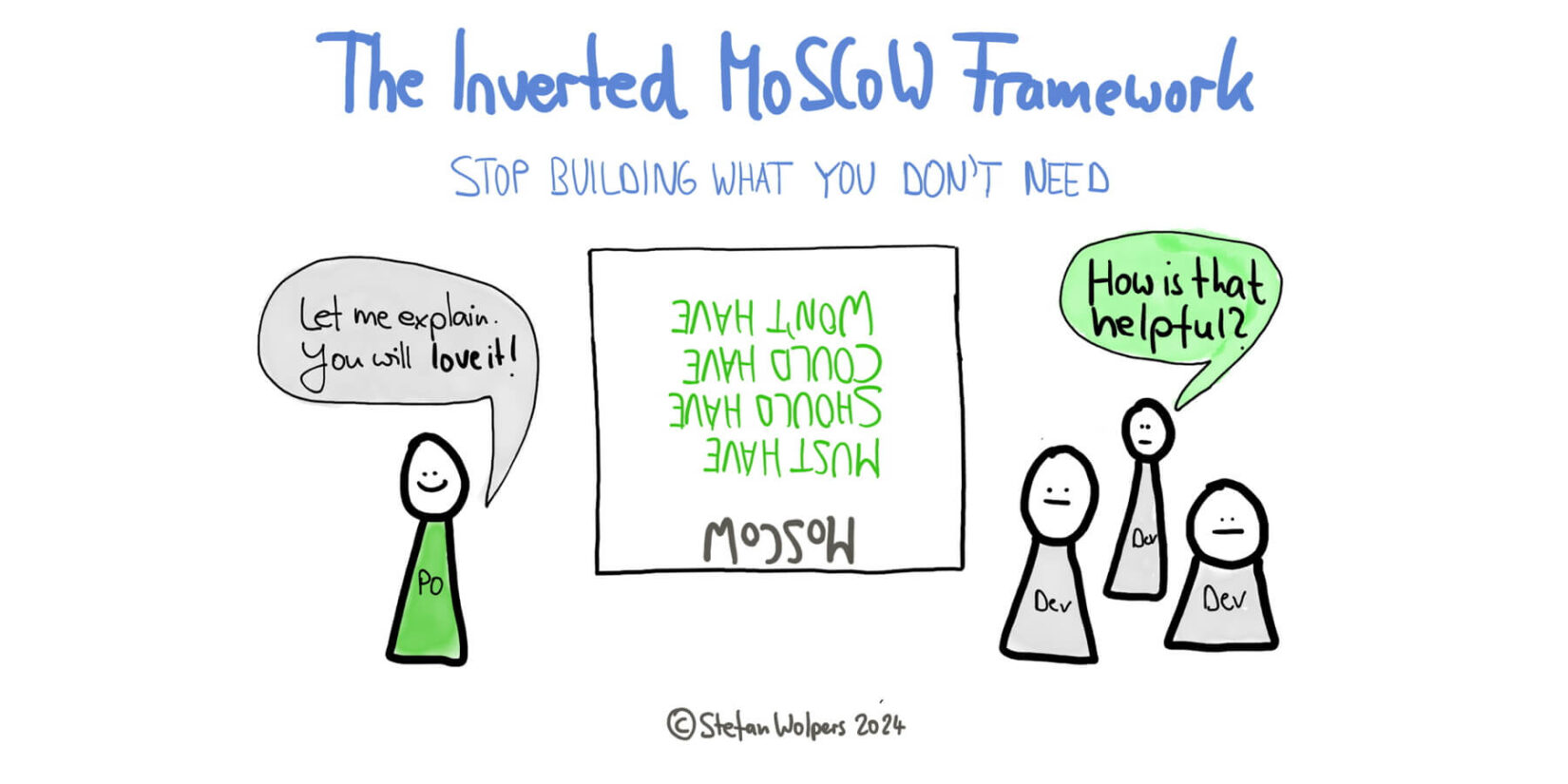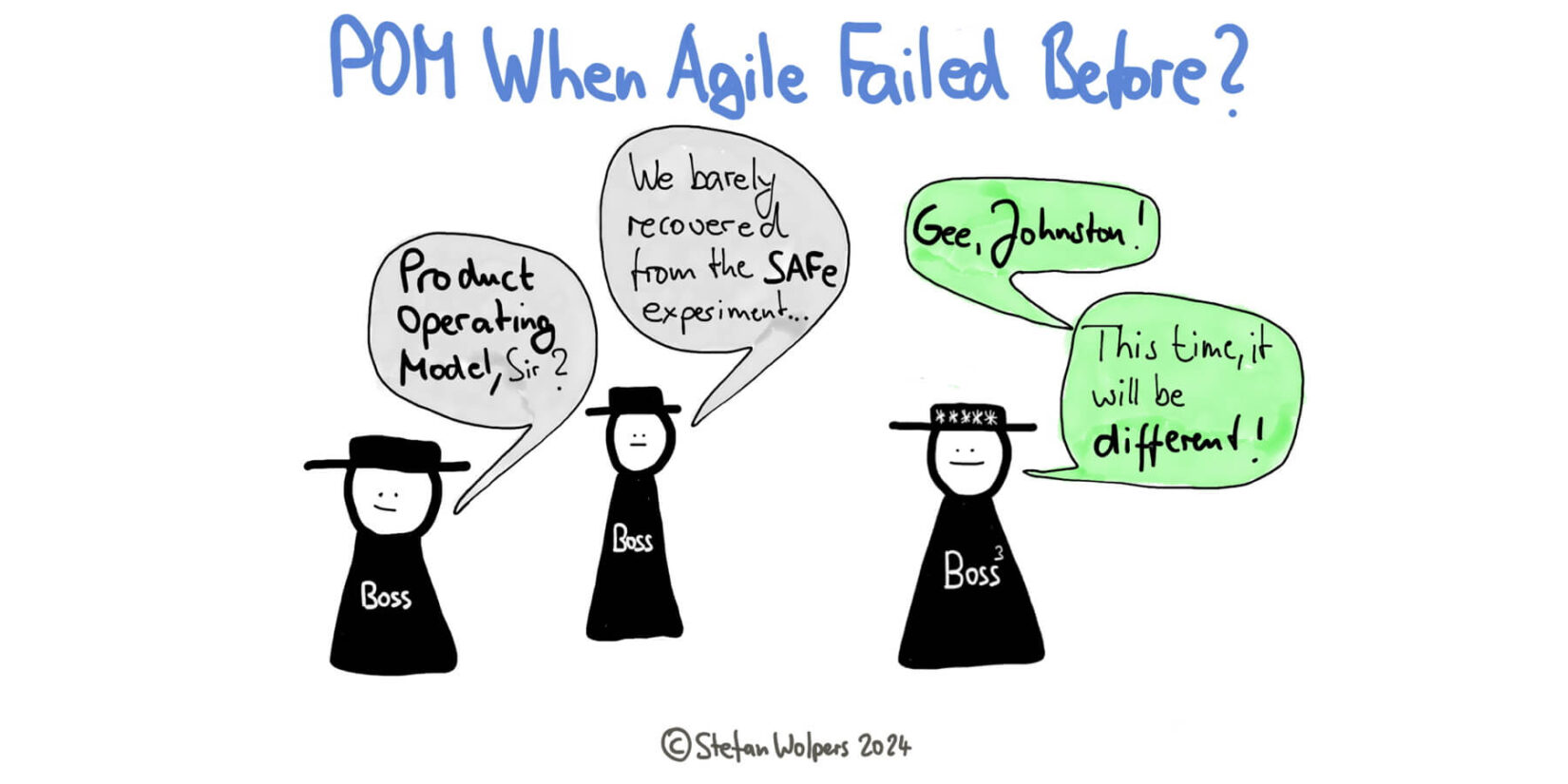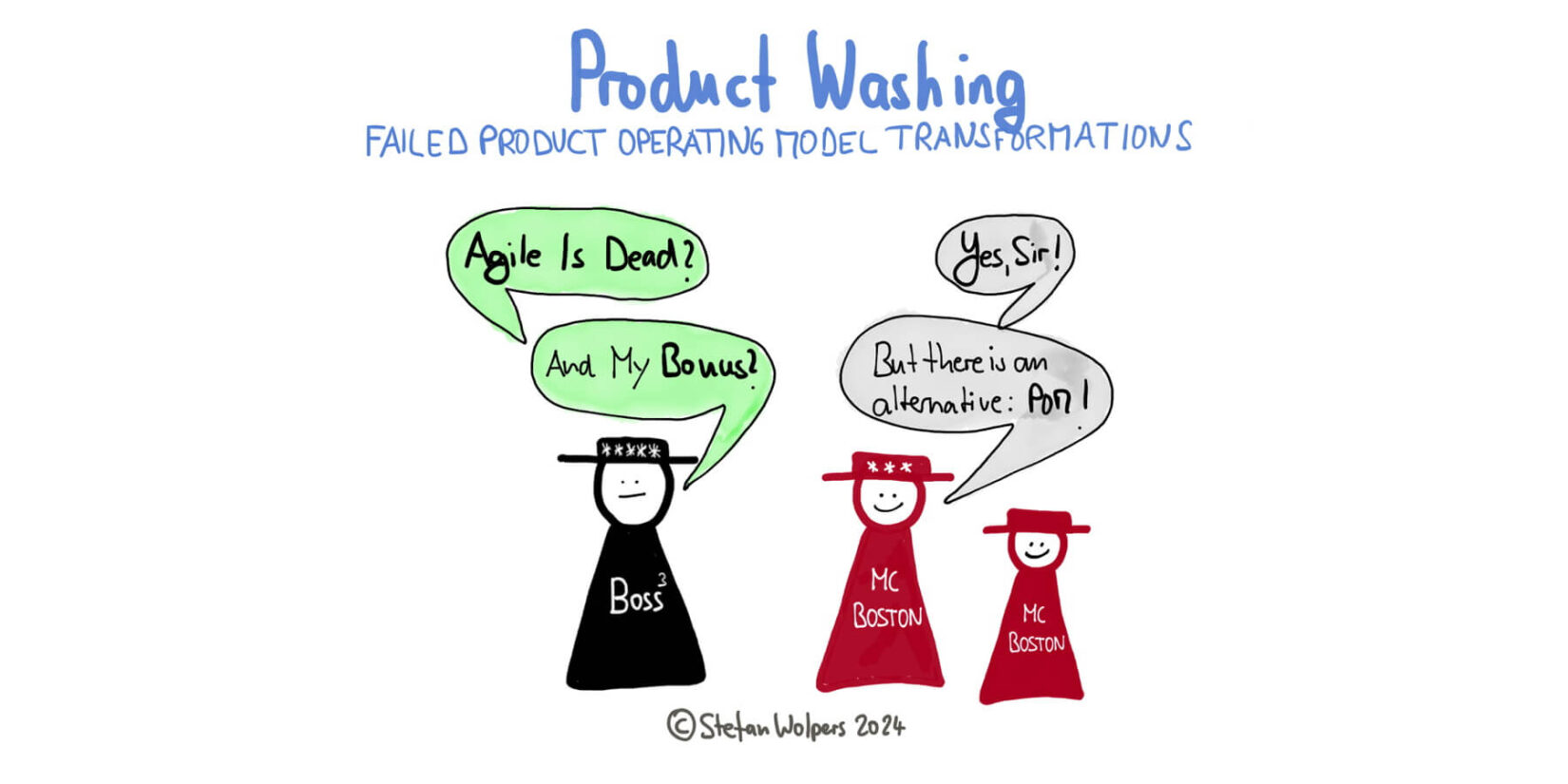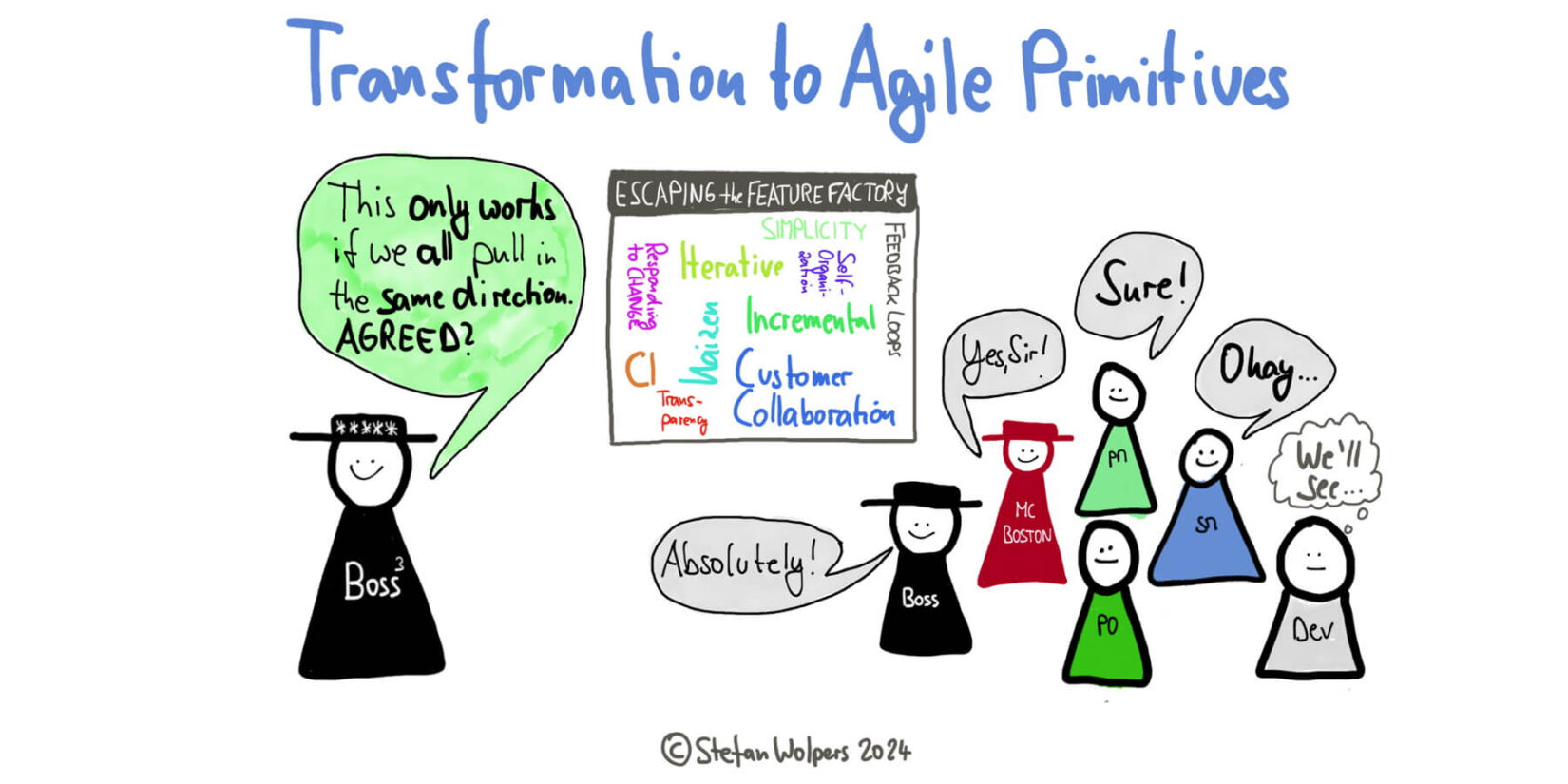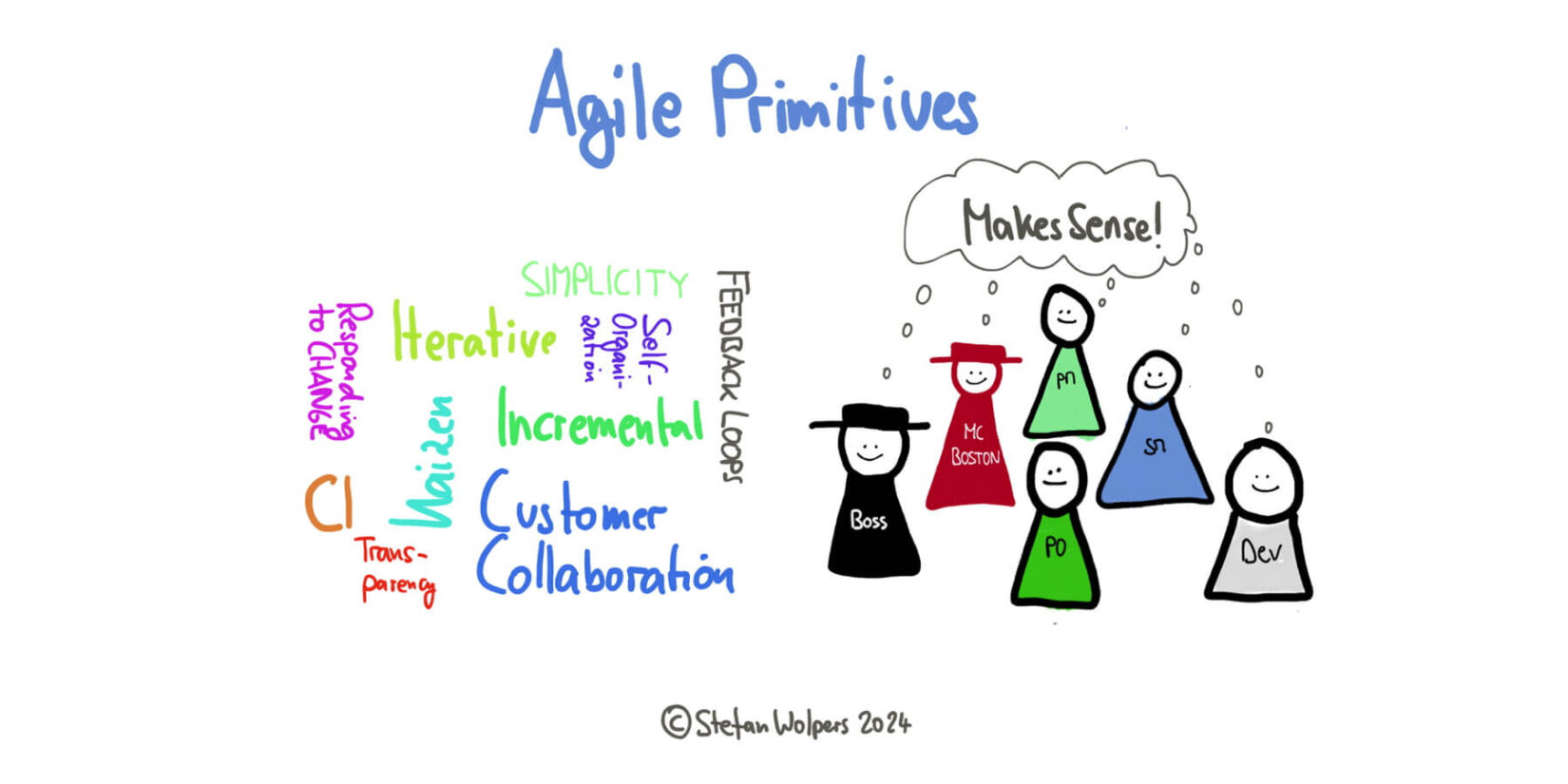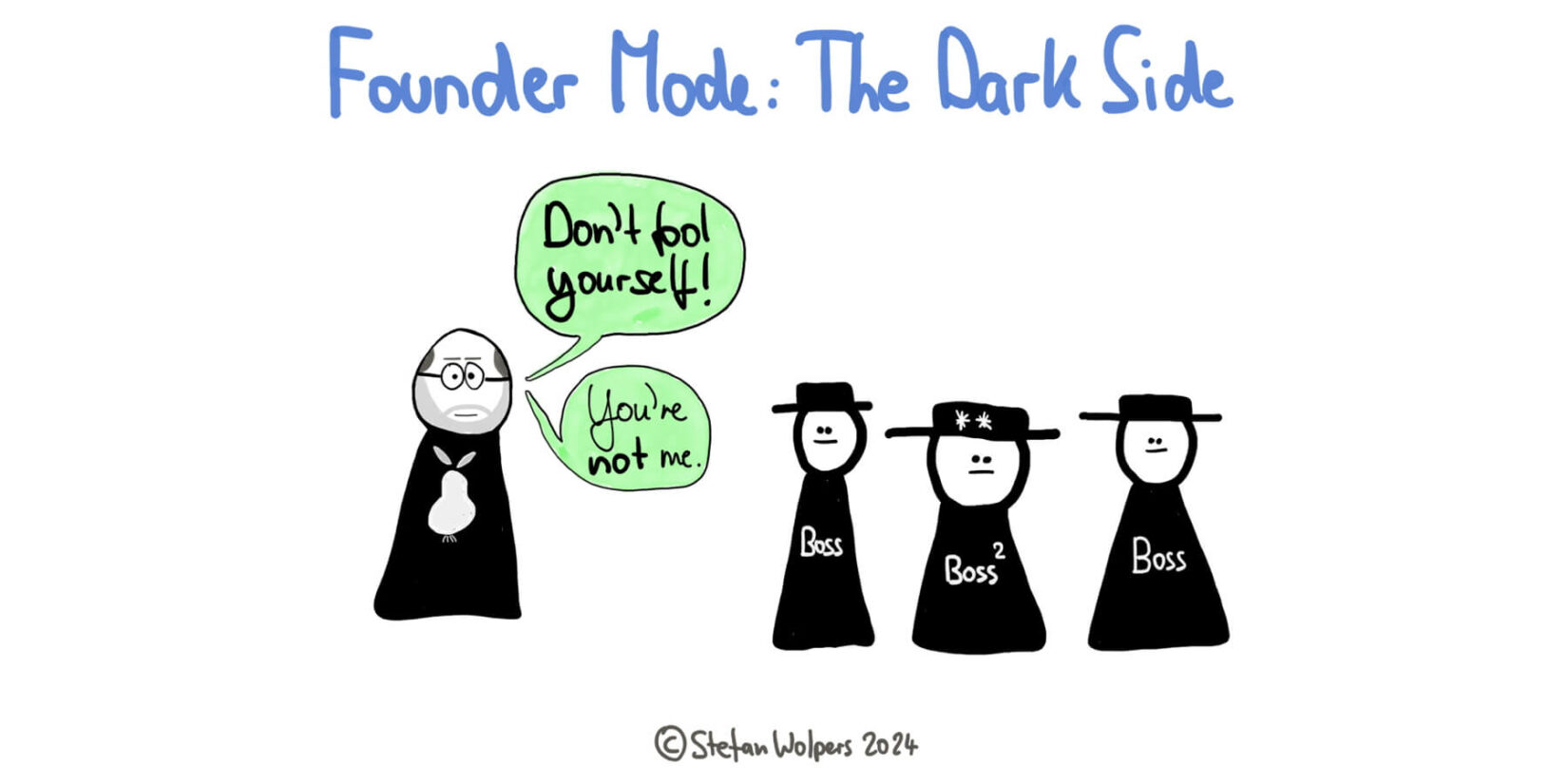TL;DR: Inverted MoSCoW
The inverted MoSCoW framework reverses traditional prioritization, focusing on what a product team won’t build rather than what it will. Deliberately excluding features helps teams streamline development, avoid scope creep, and maximize focus on what truly matters.
While it aligns with Agile principles of simplicity and efficiency, it also requires careful implementation to avoid rigidity, misalignment, or stifling innovation. Used thoughtfully, it’s a powerful tool for managing product scope and driving strategic clarity.
Read on and learn how to make the inverted MoSCoW framework work for your team.
